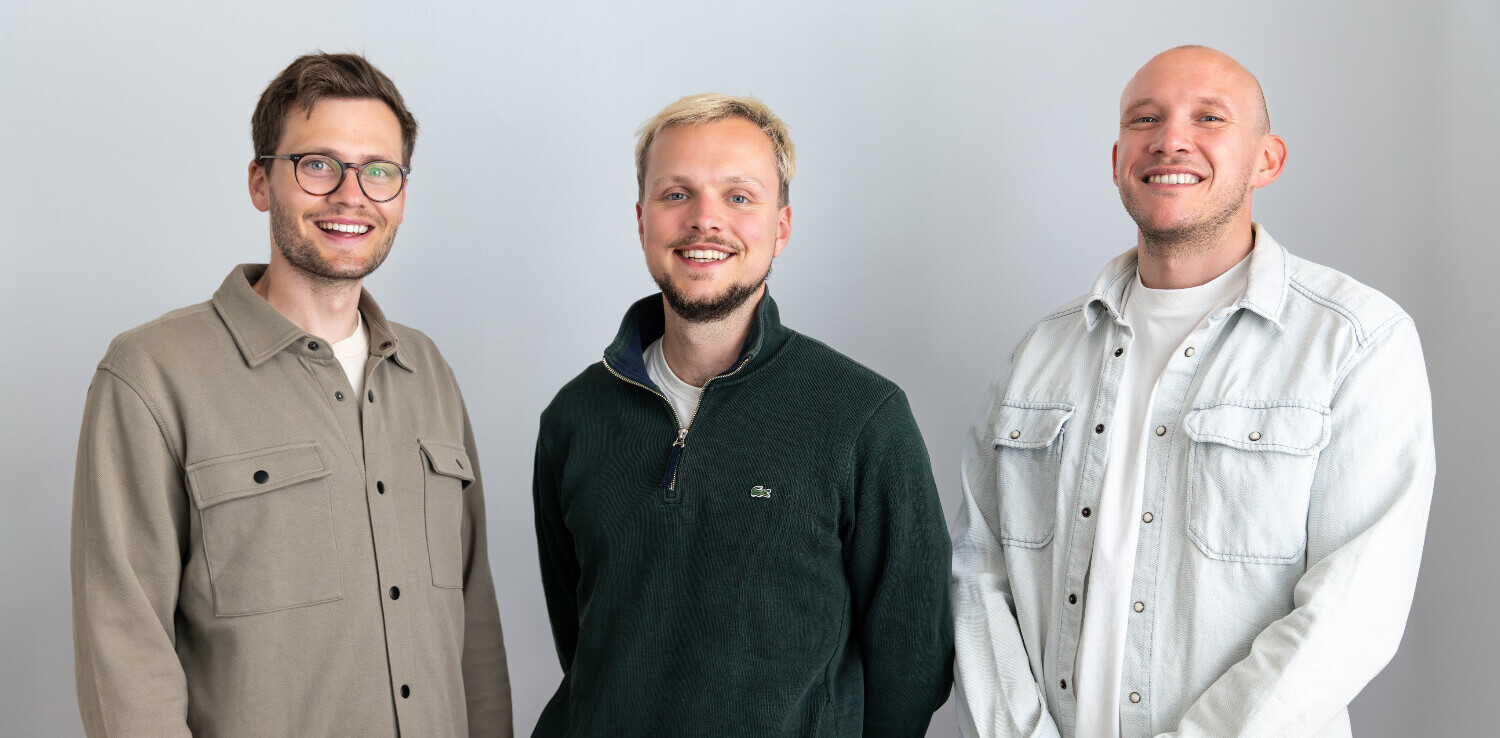
Did you know SHIFT is taking the stage this fall? Together with an amazing line-up of experts, we will explore the future of mobility during TNW Conference 2021. Secure your ticket now!
While other carmakers showed off their latest concept cars at IAA Mobility in Munich, Hyundai had another focus. It announced its Hydrogen Vision 2040 at an online event called Hydrogen Wave. The company’s mighty aim is to become the first automaker to apply fuel cell systems to all commercial vehicle models by 2028.
Besides exciting new fuel cell technology, Hyundai also shared its prototypes for new transportation designs and mobility solutions.
Hyundai offers a game-changer for shipping and logistics

The South Korean automaker unveiled the “Trailer Drone” concept, a hydrogen-powered autonomous container transportation system that can operate fully autonomously at a duration of 1,000km on a single charge.
Beyond the long-distance capabilities, the combination of the Trailer Drone with the Fuel Cell e-Bogie is where things really get interesting.
Ok, so what the heck is an e-Bogie?
The term “bogie” originates from the rail industry. Rail bogies are wheel subframes that sit under every train car. The Fuel Cell e-Bogie sits under the truck container, just like a rail bogie.
The e-Bogie can perform a turn in place and diagonally “crab walk,” thanks to four-wheel independent steering and low-profile design that allows it to carry a small shipping container or other loads.
Placing two e-Bogies on top of each end of a full-sized semi-trailer creates a Trailer Drone. This is an autonomous trailer capable of piloting itself around shipping yards, highways, and urban centers. It includes dual independent steering at both ends, making it easy to navigate tight bends and small roundabouts.
Transport operators can configure a ‘Cluster Mode’ to enable multiple Trailer Drones to travel together in an almost train-like configuration.

Hyundai sees the Fuel Cell e-Bogie as a multi-purpose platform for future use in ground logistics, construction, firefighting, and disaster relief missions.
They shared a prototype Rescue Drone that combines a drone and a Fuel Cell e-Bogie to create a flying drone for remote and autonomous use in critical operations such as fire-fighting and life-saving. It achieves a 450 to 500km driving range on a single charge.
Time for another Hydrogen powered-car

During Hydrogen Wave, the company also shared details about its high-performance sports car, the Vision FK. It has an output of around 670 horsepower, and Hyundai claims the vehicle can reach 0-100 km/h in under four seconds. The car combines hydrogen with a plug-in system and rear-while drive to deliver a range of over 600km. Hyundai revealed no production timelines.
It’s nice enough, but not the most exciting news of the event.
The third-generation fuel cell stack
Hyundai also shared news of the third-generation fuel cell stack to succeed NEXO’s current stack. There are two power versions. The 100kW is 30% smaller than its predecessor, making it suitable for different vehicle types. The 200kW is designed for commercial vehicles, and its power output has doubled — an impressive feat.
Furthermore, the third-generation fuel cell stack price will be dramatically reduced — with projections of over 50% — critical for FCEVs to reach cost parity with BEVs by 2030.
Large ships or IT companies could also stack the 100kW modular units as an emergency power system.
A long history committed to hydrogen

Hyundai developed its first fuel cell electric vehicle (FCEV) in 1998. In 2013, The Tucson FCEV (ix35 Fuel Cell) was introduced in 2013. Then, in 2018, the company launched the next-generation fuel-cell SUV, NEXO. It takes just five minutes to fill and can drive up to 666kms without charging.
Hyundai first launched their Xcient Fuel-Cell trucks in 2020. They feature a 190-kilowatt fuel cell comprising seven high-pressure tanks holding around 35kg of hydrogen.
The trucks have a long-distance range of about 400km before needing refueling, which far surpasses the capabilities of trucks powered by electric batteries. The fuel cell fully charges in under 20 minutes and can drive for about 250 miles before needing more hydrogen.
The firm plans to put 1,600 hydrogen trucks on Swiss roads by 2025 and has rented its trucks to local companies in Switzerland for almost a year.
The company has also been trialing its hydrogen-powered Elec City Fuel Cell bus in Germany this year.
Looking beyond the road to new hydrogen capabilities
Hyundai plans to launch two new hydrogen fuel cell powertrains in 2023, as part of their broader plan to make hydrogen mainstream by 2040.
This is part of a bigger mission introducing hydrogen fuel cells into high-performance vehicles, urban air mobility, robots, aircraft, and large ships. They see a future when building utilities, urban energy sources, and power plants incorporate hydrogen fuel cell systems into their green energy.
It’s worth remembering that hydrogen has had its critics over time, especially in terms of cost and scale. Yet, Hyundai has remained steadfast to a hydrogen-powered future.
I’ve long contended that the battle to win hearts and minds towards hydrogen will be in the industrial space. Hyundai’s commitment to commercial vehicles, road logistics, and public transport provides a compelling way forward.
You need to look no further than Hyundai for a shining example of a vision-lead company that sees its ideas through, creates new technology, and defines new capabilities.
Do EVs excite your electrons? Do ebikes get your wheels spinning? Do self-driving cars get you all charged up?
Then you need the weekly SHIFT newsletter in your life. Click here to sign up.
Get the TNW newsletter
Get the most important tech news in your inbox each week.





